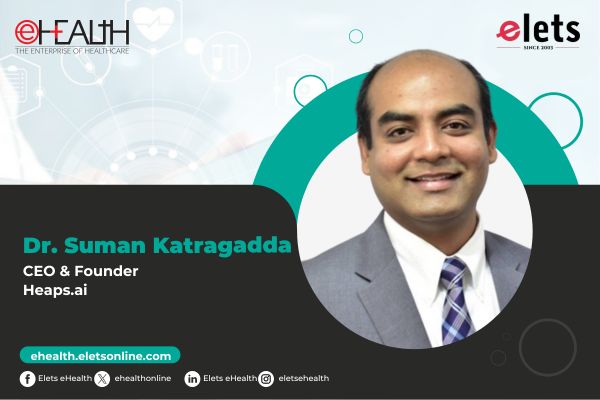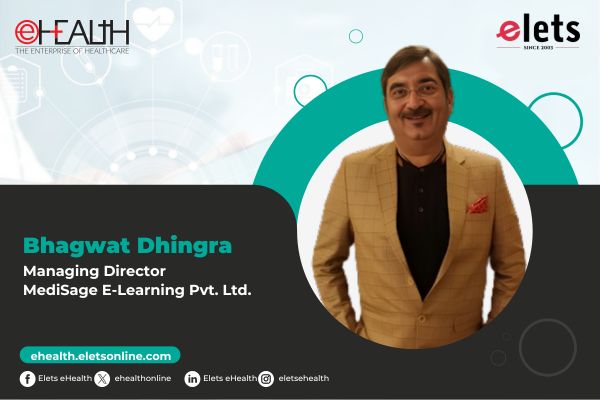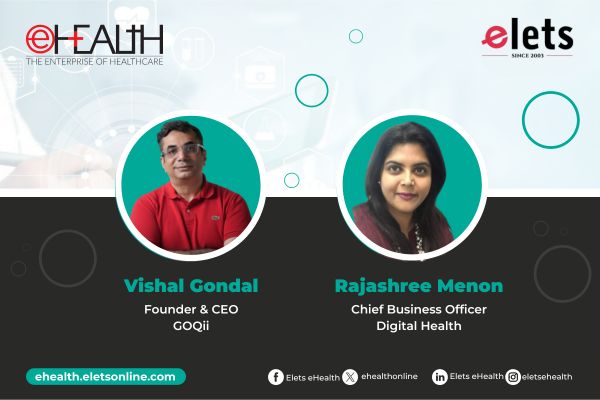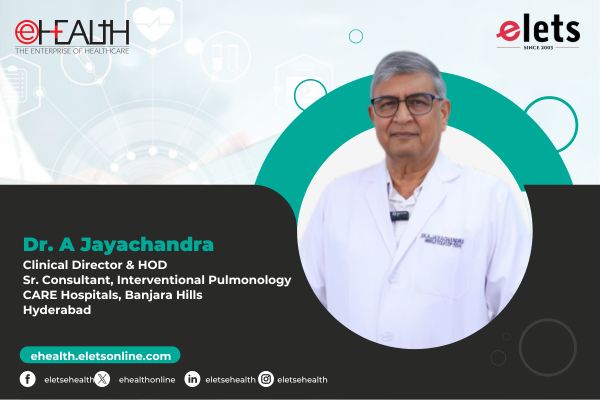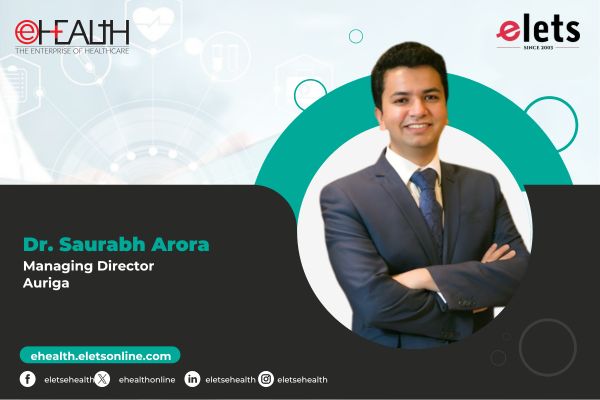
The Ayushman Bharat scheme is an initiative aimed at creating a foundation for establishing a digital health ecosystem and setting standards in India’s healthcare sector. Over the past two years, there have been significant developments in addressing the challenges outlined in this mission.
One of the primary goals of the Ayushman Bharat Digital Mission is to leverage technology to bridge the healthcare gap, particularly in remote areas where it’s challenging to have doctors physically present. In countries like the United States, rural areas often benefit from doctors from various countries, but in India, this scenario is less common. The COVID-19 pandemic demonstrated the potential of technology in healthcare delivery, highlighting its importance.

The current period, from 2020 to 2025, is considered crucial as it parallels the impact of the Gutenberg Press on information dissemination. Today, smartphones empower people to access healthcare services from the comfort of their homes, regardless of how remote their location may be. However, India faces substantial challenges, notably the fragmentation of its healthcare technology landscape.

Public sector healthcare procurement is notoriously complex, which can be discouraging for private sector healthcare technology companies. While interactions with government officials are necessary, the private sector may offer more opportunities for innovation and adoption. However, cost remains a challenge in the private sector, with limited willingness to invest in advanced software solutions.

One key development in this digital health ecosystem is the creation of Health IDs or Ayushman Bharat Health Accounts for the country’s 1.4 billion population. Approximately 40 crore IDs have been generated so far, enabling seamless sharing of medical records among healthcare providers. This paves the way for longitudinal health histories, where a patient’s complete medical history is accessible with a single click, promoting better care coordination.
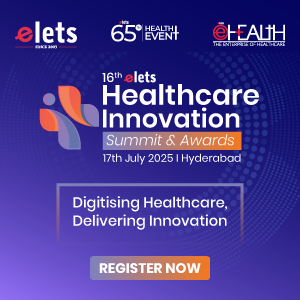
Privacy is a paramount concern, and the National Health Authority has addressed this by ensuring that patient consent is central to data sharing. Patients have control over which records are accessible to healthcare providers, preventing unauthorised access.
Additionally, initiatives such as the Quick OPD Registration Service have significantly reduced waiting times at public hospitals. Patients can register quickly using QR codes, streamlining the process and improving the overall experience. Similarly, the option to send digital prescriptions to pharmacists via QR codes or photographs has enhanced medication dispensing efficiency.
Views expressed by Shri Vikram Pagaria, Joint Director, Coordination (Private Integration & Capacity Building), ABDM, NHA at 11th Elets Healthcare Innovation Summit & Awards
Be a part of Elets Collaborative Initiatives. Join Us for Upcoming Events and explore business opportunities. Like us on Facebook , connect with us on LinkedIn and follow us on Twitter , Instagram.
"Exciting news! Elets technomedia is now on WhatsApp Channels Subscribe today by clicking the link and stay updated with the latest insights!" Click here!






